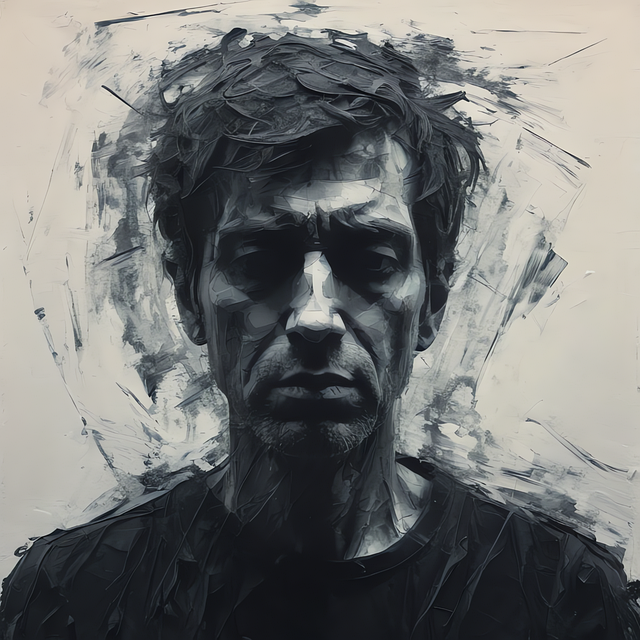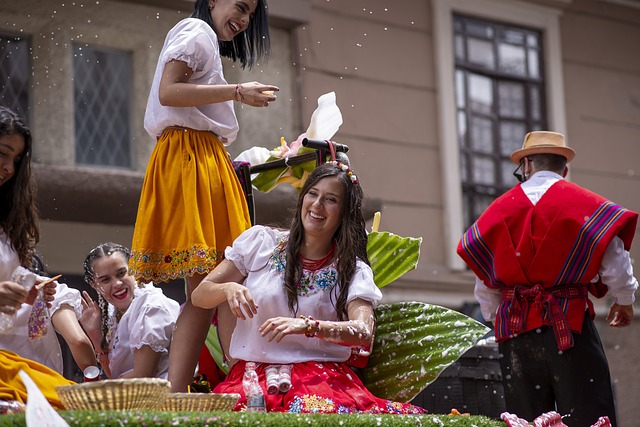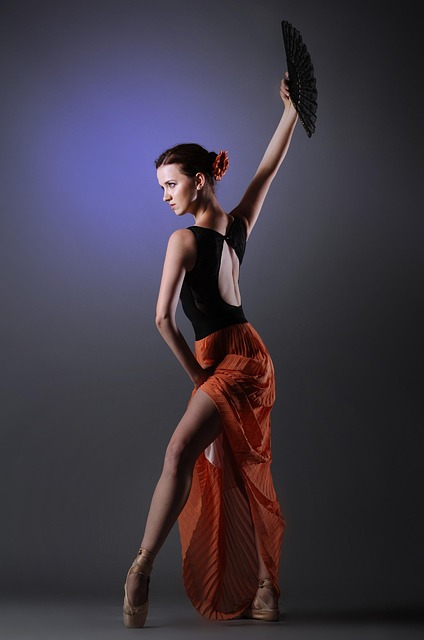Exploring the Harmony of Neoclassical Ballet and Improvisation: Embracing Structured Freedom
Neoclassical ballet, with its roots tracing back to the 20th century, is a captivating dance form that marries the elegance of classical ballet with the expressive nature of modern dance. What sets neoclassical ballet apart is its ability to seamlessly incorporate elements of improvisation within a structured framework, offering dancers a unique blend of freedom and discipline. This intriguing fusion allows for artistic expression to flourish while honoring the timeless traditions of ballet.
Neoclassical ballet emerged as a response to the rigidity of classical ballet and the experimental nature of modern dance. Dancers and choreographers sought to break away from the constraints of traditional ballet, allowing for greater creativity in movement and storytelling. The result was a dynamic dance style that combined the technical precision of classical ballet with the innovation of contemporary movements.
One of the hallmarks of neoclassical ballet is its incorporation of intricate footwork, fluid transitions, and unconventional partnering. These elements contribute to a sense of fluidity and spontaneity in the dance, while maintaining the foundational techniques that ballet is known for. Dancers are encouraged to explore new ways of moving, bringing their unique personalities and emotions to the forefront.
The concept of "structured freedom" lies at the heart of neoclassical ballet. It embodies the idea that within a well-defined framework, dancers have the freedom to infuse their performances with their own interpretations and emotions. Choreographers often provide a framework of movements and sequences, but leave room for dancers to add their personal touches through improvisation.
This structured freedom allows dancers to engage in a dialogue with the music, the choreography, and their fellow performers. It invites them to explore new pathways, experiment with dynamics, and respond to the energy of the moment. As a result, each performance becomes a unique and evolving work of art, resonating deeply with both the dancers and the audience.
The harmonious blend of neoclassical ballet and improvisation is a testament to the evolution of dance as an art form. This fusion bridges the gap between tradition and innovation, allowing dancers to honor the legacy of ballet while embracing the ever-changing landscape of contemporary dance.
Improvisation in neoclassical ballet is not about throwing away structure, but rather about enhancing it. Dancers draw from their training and technique to build upon the foundation laid out by the choreographer. The result is a performance that captures the essence of the choreography while infusing it with the authenticity and spontaneity of the individual dancer.
For dancers, the journey of exploring neoclassical ballet and improvisation is one of constant growth and self-discovery. It challenges them to step outside their comfort zones, embrace vulnerability, and trust their instincts. The process of navigating the balance between structure and freedom enhances their artistry and allows them to tap into a deeper level of expression.
Through this dance form, dancers learn to listen to their bodies, connect with their emotions, and communicate with their fellow performers in a profound way. The process of creation becomes a collaborative experience, where each dancer contributes their unique voice to the narrative being woven on stage.
Neoclassical ballet and improvisation have opened doors to inclusivity and diversity in the world of dance. Dancers from different backgrounds and training find common ground in this art form, allowing for a rich tapestry of cultural influences and individual stories to be woven into performances. It's a celebration of the myriad ways that dance can transcend boundaries and communicate universal emotions.
As neoclassical ballet continues to evolve, it remains a powerful reminder that dance is not bound by strict definitions or confined to a single style. It evolves, adapts, and thrives as dancers embrace the structured freedom it offers, allowing their artistry to shine brightly on the stage.
Explore the captivating world of neoclassical ballet as it intersects with the art of improvisation. Witness the harmonious blend of structured technique and personal expression on the dance stage.
Neoclassical Ballet and Improvisation: A Dance of Structured Freedom
Neoclassical ballet, with its roots tracing back to the 20th century, is a captivating dance form that marries the elegance of classical ballet with the expressive nature of modern dance. What sets neoclassical ballet apart is its ability to seamlessly incorporate elements of improvisation within a structured framework, offering dancers a unique blend of freedom and discipline. This intriguing fusion allows for artistic expression to flourish while honoring the timeless traditions of ballet.
Neoclassical ballet emerged as a response to the rigidity of classical ballet and the experimental nature of modern dance. Dancers and choreographers sought to break away from the constraints of traditional ballet, allowing for greater creativity in movement and storytelling. The result was a dynamic dance style that combined the technical precision of classical ballet with the innovation of contemporary movements.
The concept of "structured freedom" lies at the heart of neoclassical ballet. It embodies the idea that within a well-defined framework, dancers have the freedom to infuse their performances with their own interpretations and emotions. Choreographers often provide a framework of movements and sequences, but leave room for dancers to add their personal touches through improvisation.
This structured freedom allows dancers to engage in a dialogue with the music, the choreography, and their fellow performers. It invites them to explore new pathways, experiment with dynamics, and respond to the energy of the moment. As a result, each performance becomes a unique and evolving work of art, resonating deeply with both the dancers and the audience.













